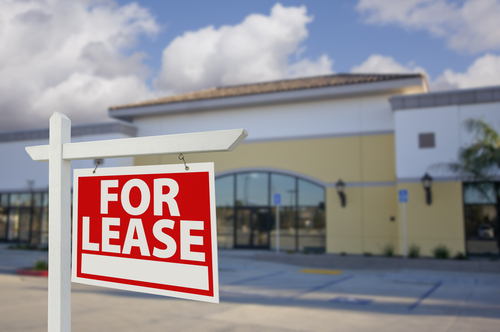
Why More Middle Market Firms Are Choosing Sale Leasebacks
Private equity funds, mezz funds, and other financial sponsors are often faced with the responsibility of determining the most effective and capital efficient way to grow a portfolio business. Often, an injection of capital is needed to get the company to the next level. While a traditional loan may help, many firms have recently been opting for a sale leaseback.
“A sale-leaseback is the sale and monetization of a real estate asset a company owns, while simultaneously entering into a long-term (15-25 year) lease for that same property to ensure its continued and uninterrupted use,” explained Brant Murdock of Columbus Nova Real Estate Acquisition Group.
“This type of transaction is very common and useful in the middle-market,” Murdock continued. “Whether it’s a privately-held business owner seeking to take a few chips off the table without diluting his ownership, a business looking for growth capital, or a private equity firm seeking to redeploy capital or execute a large dividend recap, sale-leasebacks have become one of the most straightforward and ‘common sense’ capital market executions for middle-market manufacturers and distributors.”
Capital Influx & Arbitrage
The most immediate benefit of a sale-leaseback is the capital influx it offers the business. By executing a sale-leaseback, owners re-deploy capital currently locked up in low-yielding real estate, into growth-focused endeavors. Murdock explained, “From paying down high coupon sub-debt, to a stronger working capital position, to CapEx and/or expansion capital, to dividend recaps, etc. – the options created by unlocking a large fixed asset’s value are wide-ranging.”
While this capital can help foster growth and innovation, it can also serve as a leverage item for arbitrage. “Often overlooked is the immediate economic arbitrage a sale-leaseback creates for an owner,” Murdock explained. “In carving the real estate out from the business post-acquisition and executing a sale-leaseback, the owner unlocks a materially higher value for the manufacturing plant than what he paid for it – due to the disconnect between the lower cash flow multiple paid to acquire the business and the plant, and the much higher cash flow multiple received from the sale of just the plant itself.”
Maximize Focus
Sale leasebacks also allow the business to primarily focus on its core competencies. As John McNamara previous explained, “Generally, we have found that entrepreneurs are very knowledgable about their particular business, but they’re very shallow in their knowledge about business practices that help drive value and efficiency.” A sale leaseback eliminates the non-core elements of running the business.
Murdock agreed with the challenges of learning and managing the complex aspects of a business’ real estate. He explained, “Most widget manufacturers are experts at manufacturing widgets and running their business, but not at investing in and owning real estate. As many manufacturers experienced over the past 5-years, real estate values can be extremely volatile.”
Possible Risks
While a sale leaseback can be an appealing option for capital-seeking businesses, it may not be right for all. Although managing the real estate may be a headache, in reality, real estate can be one the most valuable assets of a company. By divesting that portion of the company, it can no longer be factored into the valuation.
Additionally, once the transaction is made, the financial sponsor is now the lessor and is in control of future rent payments. Gerry Levin of Mesirow Financial explained, “Rental payments under the lease cannot be adjusted without the consent of the lessor. As a result, if the rental market softens, a seller/lessee may be locked into a rate higher than the market rate. Yet, the company has protected itself from a decrease in property value and still enjoys the use of the capital.” Any unnecessary risk with essential real estate can be costly.
Despite the risks, weighing a sale leaseback is certainly worthwhile for sponsors and business owners. Removing the full-time job of real estate management — and receiving capital — can make a sale leaseback a valuable option.